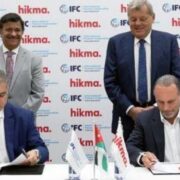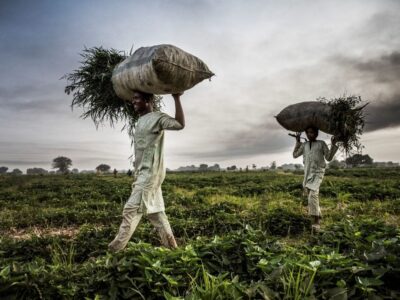That’s backwards. If we want investment partnerships to work, especially in moments of volatility like the one we’re entering now, we need to reverse this process. Let local stakeholders, including asset managers and business operators, shape the instrument from day one. Let them define what success looks like. Let them own the risk.
Many of the investments currently offered in the name of resilience or development fail to solve the actual problems SA firms are dealing with. They may be aligned to international environmental, social & governance (ESG) frameworks, or promote admirable goals on paper, but they don’t address the acute realities of operating in this context. Right now, those realities include tariff exposure, delayed payments, commodity price swings, energy uncertainty and fluctuating cost of capital.
For many firms these are existential risks. Tariffs could cause severe disruption in sectors like citrus, aluminium and automotive, threatening jobs and earnings in some of SA’s most export-reliant industries. So the question becomes: where are the investment vehicles that actually protect them?
Imagine a bond issued on the JSE that combines risk-sharing mechanisms, tariff mitigation and working capital buffers specifically designed to help exporters absorb external shocks.
Imagine that bond being co-designed by local asset managers, rated by institutions with experience in regional volatility, and carried forward by domestic pension funds after international seed capital exits. That is the kind of innovation we need — not just for ESG headlines, but for market stability and commercial legitimacy.
Trust gap
There’s also a trust gap between capital markets and communities. If a deal is successful on paper but invisible to the people it claims to support, it creates resentment, not resilience. People trust what they can see: infrastructure improved, jobs protected, new opportunities unlocked in sectors that matter. If we want to build public confidence in the value of capital markets, we have to connect capital to consequence in ways that are measurable, visible and enduring.
This is also where most donor-driven deals fall down. Too many lack any clear plan for continuity. When the initial funder leaves, there is often no pathway for domestic capital to take over. No clarity on who maintains the trust, who holds the accountability or who carries the work forward. A good investment model is one that gets stronger over time, not more fragile once the donor steps back.
SA doesn’t lack ambition. Nor does it lack capital. What we lack is a system that lets businesses, communities, asset managers and institutions build together on fair terms, with clear purpose and with a model of ownership that evolves over time.
The Trump tariffs may not land. But the structural weakness they expose — our fragmented, misaligned approach to partnership and capital design — is real. And unless we fix that architecture, no amount of funding will deliver the outcomes we say we care about.
We don’t need more capital. We need better deal-making. That means partnerships grounded in relevance, shaped by those closest to the risk, and designed to endure.
The next crisis is already on its way. What matters is whether our systems are ready for it, or whether they fall back into the same patterns that left us exposed the last time.
• Polley is managing partner and senior emerging markets adviser at Instinctif Partners.











Comments